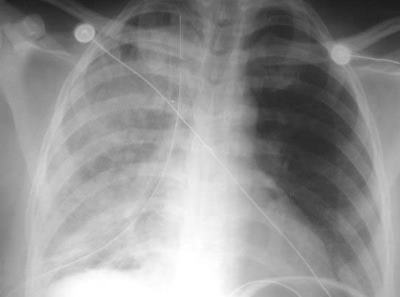Does anyone know how to write a scientific paper anymore??! My impression is that a majority of articles published in medical journals these days are seriously flawed. Yes, sometimes it’s just not possible to design or execute a study the way it really should be due to scarcity of the data or ethical issues.
But a lot of stuff I read is just not very good. Poor design. Answers to things that no one really cares about. Use of the wrong statistical analysis. And even if the basic ideas and analysis are sound, so many are just not written well.
I believe that it all comes down to poor mentoring. Designing studies and writing scientific papers is an acquired skill that requires a lot of practice. And it’s tough to learn from reading lots of other people’s papers (because they’re not very good). An experienced mentor is invaluable and can accelerate the learning curve.
My own mentors, Charles Lucas and Anna Ledgerwood, taught me by repetition. And lots of it. They told me to read a bunch of papers, then try to emulate them using my own data. I remember turning my first draft in to Dr. Lucas and getting it back a few days letter. The entire thing was covered with scribbling in red pen. Almost none of my original text remained. So I revised it and gave it back. He returned it with a fewer red marks. After many iterations, we finally had a publishable paper!
The most recent Journal of Trauma includes a very nice article on how to construct a good Discussion section in your paper. There aren’t a lot of good articles on the actual technique of medical writing (go figure). But this one is definitely worth reading and will help researchers at any level!
Reference: The anatomy of an article: The discussion section: “How does the article I read today change what I will recommend to my patients tomorrow?” J Trauma 74(6):1599-1602, 2013.



